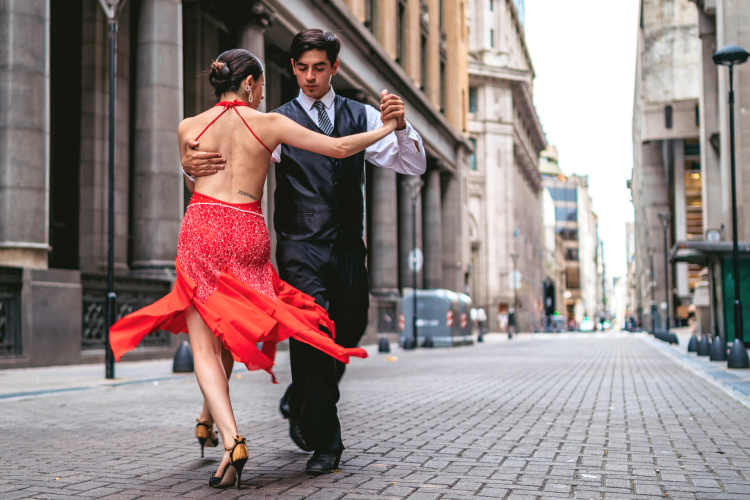A Biased View of Dance Fridays
Wiki Article
9 Simple Techniques For Dance Fridays
Table of ContentsSome Ideas on Dance Fridays You Need To Know10 Easy Facts About Dance Fridays ExplainedThe Basic Principles Of Dance Fridays How Dance Fridays can Save You Time, Stress, and Money.
Dancing form Salsa training in Ecuador Salsa is a Latin dancing, associated with the songs category of the very same name, which was first popularized in the United States in the 1960s in New York City City. Salsa is a combination of Cuban dancings, such as mambo, pachanga, and rumba, as well as American dancings such as swing and tap. The term "salsa" was created by Johnny Pacheco in the 1960s in New york city, as an umbrella term for Cuban dance music being played in the city at the time. Salsa as a dance arised quickly after, being a combination of mambo (which was prominent in New york city in the 1950s) in addition to Latin dances such as Kid and Rumba As American dances such as swing and faucet.
The basic Salsa dance rhythm is composed of taking 3 actions for every 4 beats of songs. Salsa dancers can additionally break apart to dance solo, known as "shines". The two primary designs of salsa are straight and round.

The Ultimate Guide To Dance Fridays
Salsa dance is an international dance that can be found in most metropolitan cities in the world - https://ameblo.jp/salsacrazysf1/entry-12831278966.html. Events are held each year, usually called a Salsa Congress, in various host cities aimed to bring in a selection of salsa professional dancers from various other cities and nations - salsa crazy. The occasions bring professional dancers with each other to share their passion for the dancing, construct community, and share steps and tipsVideo clip demonstrating salsa dance fundamentals Over the years, many different designs of salsa dance have actually developed around the world. Including other dancing styling strategies into salsa dancing has additionally ended up being common, with dancers of one design including styles and movements of others to produce brand-new fusions of dancing designs.

Among one of the most prominent figures in New york city design salsa is Eddie Torres - salsa crazy (called "the Mambo King"), that is attributed with aiding to define the on 2 salsa timing (based upon mambo) and aiding to promote it by instructing it in dancing workshops in New York and with very early training tapes
The smart Trick of Dance Fridays That Nobody is Discussing
LA design salsa is danced in a line or "slot" with professional dancers exchanging settings throughout the dance, unlike Cuban salsa which is danced in a more circular style.In this pattern, the leader progressions on 1, steps to the precisely 2-3 while transforming 90 levels counter-clockwise (encountering to the left), leaving the slot open. https://experiment.com/users/salsacrazysf1. The follower after that tips easy on 5-6 and switches on 78, while the leader makes one more 90 degrees counter-clockwise and slightly forward, coming back into the slot
The "Vazquez Brothers" (Luis Vazquez, Francisco Vazquez, and Johnny Vazquez) are credited for the very early advancement and growth of LA Design. Luiz Vazquez was the co-founder of Los Angeles's initial salsa dance team, Salsa Brava.
In Cuba, a popular dance known as Casino site was marketed as Cuban-style salsa or Salsa Cubana abroad to differentiate it from other salsa designs when the name was popularized globally in the 1970s.
Indicators on Dance Fridays You Should Know
The name Casino is derived from the Spanish term for the casino, "Casinos Deportivos" where much social dance was done amongst the better-off, white Cubans throughout the mid-20th century and forward. Historically, Casino traces its origin as a partner dance from Cuban Child, Cha Cha Cha, Danzn and Guaracha.This means that no action is taken on the initial and fifth beats in each clave pattern and the fourth and eighth beat are stressed. This way, rather than following a beat, the professional dancers themselves add in their motion, to the polyrhythmic pattern of the music. At the same time, it is commonly danced "a tiempo", although both "on3" (originally) and "on1" (nowadays).
Report this wiki page